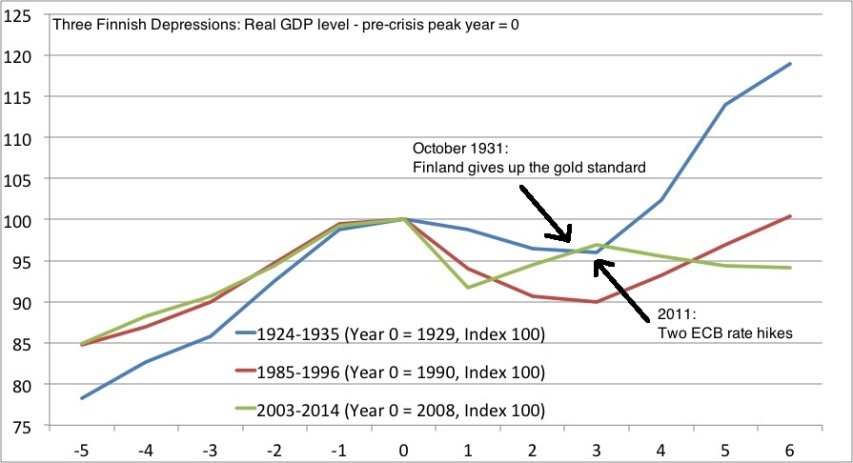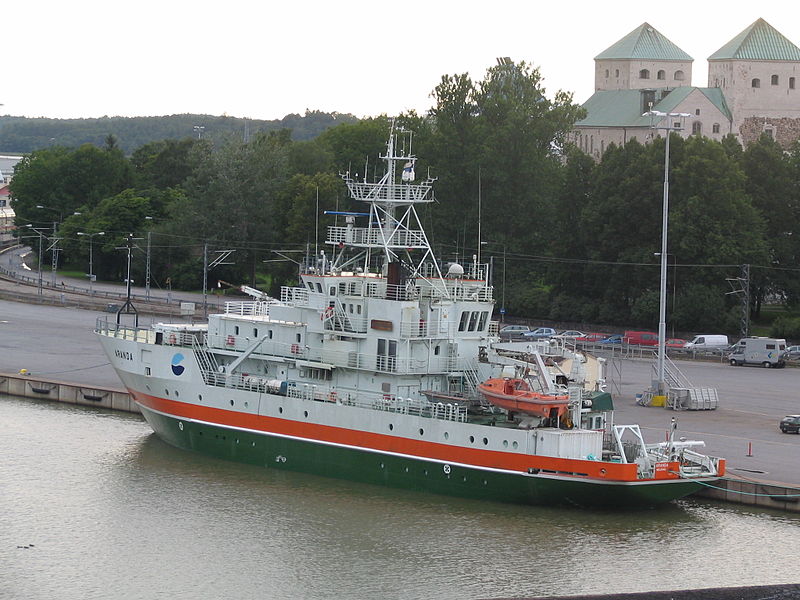Nigel Davies found a bit of time to write this week, including this section on the EU’s founding myth:
The European Union […] is founded on the ridiculous, and incorrect, 1950’s assumption that all Europe’s problems can be traced back to Nationalism.
This was a knee jerk reaction to World War II, where the problem was supposed to be Fascism, which was supposed to be a Nationalist version of Socialism (literally the National Socialist Workers Party in the Nazi case).
It conveniently ignores the fact that the Communists were just as territorially aggressive and expansionist – in the name of ‘internationalism’ – as the fascists were – in the name of nationalism. In fact Stalin’s deal with Hitler to divide up Eastern Europe under the Molotov-Ribbentropp pact was what actually started the Second World War. (A factor swept under the carpet when, at the end of the war, Finland – one of the victims of Communist aggression in 1940 – was prosecuted for the ‘War Crime’ of resisting Soviet occupation, by the Soviet Empire that had been expelled from the League of Nations for its unprovoked invasion of peaceful and democratic Finland 5 years earlier…)
So when the delusional Social Democrat types in the decades after the war were looking for something to blame that could be phrased in such a way as to hide their share of the guilt: they picked the term ‘nationalism’ and launched the ‘ever closer union’ concept for Europe as ‘the one ideal way to end all future troubles’. Possibly the most idealistic stupidity since… well, since the same type of people launched Communism as ‘the one ideal way to end all future troubles’ thirty or forty years earlier.
In fact, so carefully do such people hide the truth from themselves, that it would probably come as a surprise to them to learn that European conflict did not start with the modern nation state!
You will no doubt be amazed to learn that there was not ideal peaceful harmony in Europe before the rise of modern Nationalism. Frankly, Europeans have never needed much excuse to slaughter each other. Some the reasons over the centuries since the Ancient World have included: forced and voluntary migration; droughts, floods and famines (most of the above as results of variants of what we now call ‘climate change’ issues); religious and political movements; social changes and class civil-warfare; trade issues; international exploration and colonization and de-colonization; dynastic conflicts and treaty obligations; slavery and attempts to end slavery; blatant territory grabs at other people’s expense; conquests, reconquistas and ‘liberations’; and plain simple ‘prestige’ conflicts (such as the War of Jenkin’s Ear).
The decision – by people who want to hide their share of any guilt – to throw all the blame onto something carefully chosen to exclude them from any blame (and to carefully fit a requirement for a solution that would require their own preferred world order to save everyone), is an unfortunately common one in history.



 In September-October 2014, Itella Posti will release seven new sets of stamps, containing a total of 33 new designs. It is a great collection to choose from; the subjects of the new stamps include male drawings by Tom of Finland, autumnal yard and garden scenes painted by Urpo Martikainen, and Jaakko Tähti’s photos of Finnish bridges. Other subjects for the end-of-the-year stamps include signs of sky and the change in everyday Finland — and, of course, Christmas.
In September-October 2014, Itella Posti will release seven new sets of stamps, containing a total of 33 new designs. It is a great collection to choose from; the subjects of the new stamps include male drawings by Tom of Finland, autumnal yard and garden scenes painted by Urpo Martikainen, and Jaakko Tähti’s photos of Finnish bridges. Other subjects for the end-of-the-year stamps include signs of sky and the change in everyday Finland — and, of course, Christmas.

